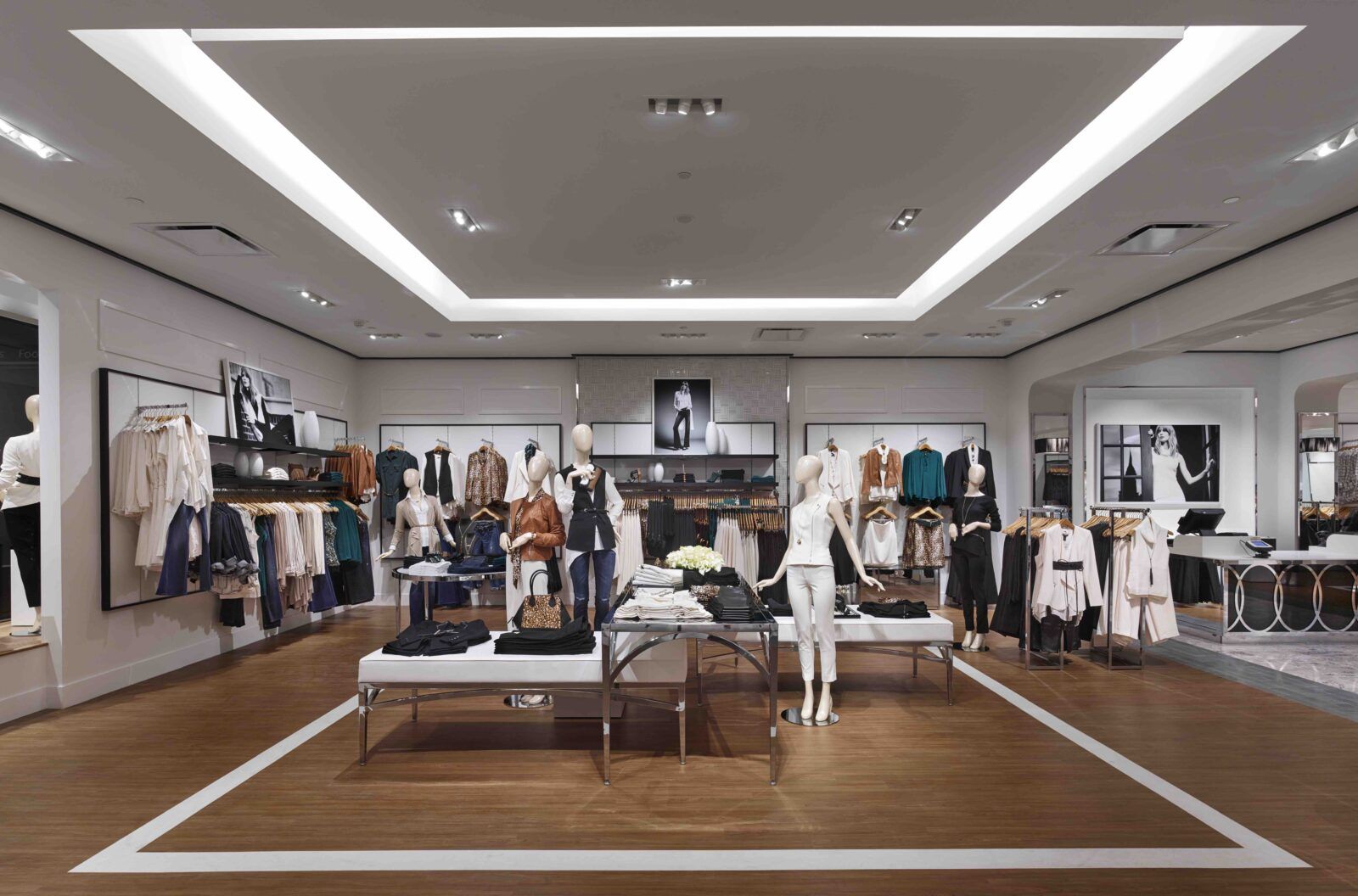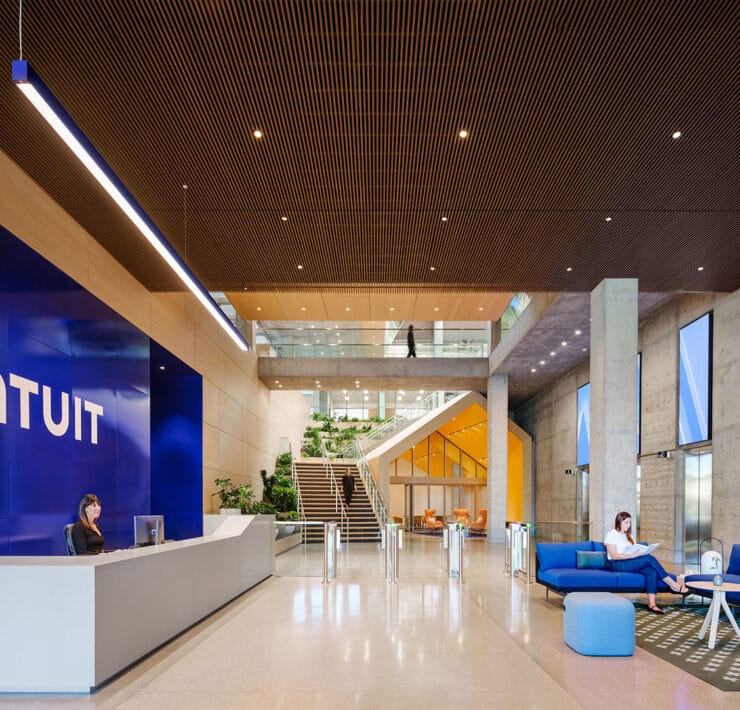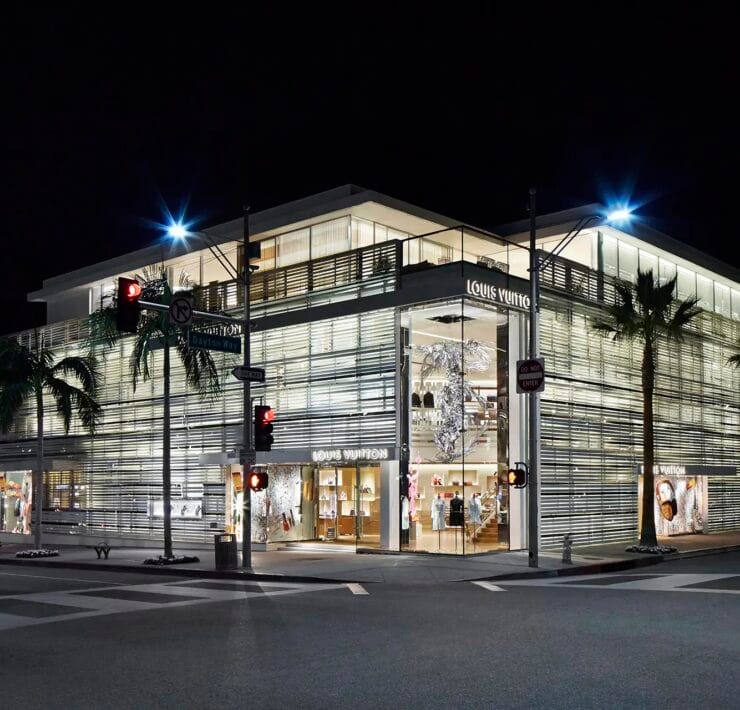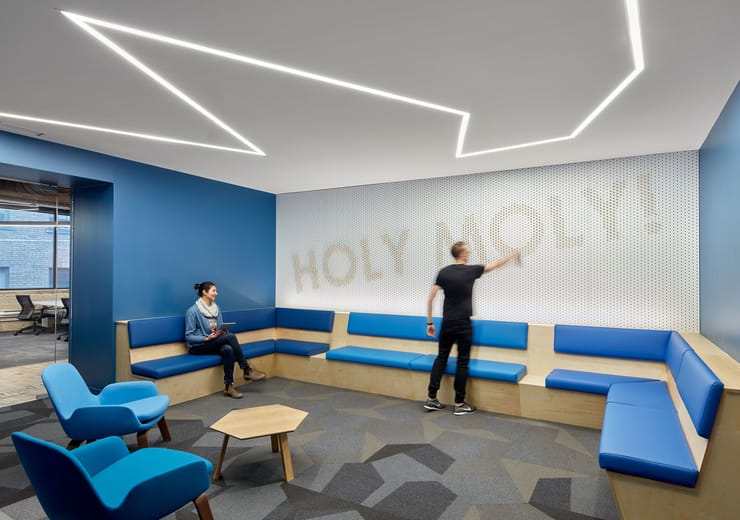Business and economics analysts predict a strong revival of brick-and-mortar retail in 2023 and there are a few reasons why.
First, brick-and-mortar stores still offer convenience that online shops don’t match: Customers don’t have to wait for deliveries or worry about returns, for instance. Plus, traditional stores provide an in-person experience that people crave, like trying on clothes or testing products before buying them.
Retailers are responding to the changing landscape by getting creative with their offline offerings, such as events, musical performances, pop-up stores and interactive displays—anything that gives shoppers a unique experience they can’t get online.
The key to success in the retail comeback is understanding the target market and providing something valuable that can’t be found online.
Table of contents
Why 2023 is the year of the brick-and-mortar retail comeback
In 2020, as the pandemic hit, e-commerce and third-party services such as delivery and curbside pick-up skyrocketed in popularity. Many local stores and restaurants closed for good. Those that could expanded their online presence.
Now, over two years later, business analysts report a resurgence of brick-and-mortar retail. Lockdown and social distancing resulted in pent-up demand for the in-person shopping and dining experience.
In fact:
- According to research from Forrester, 72 percent of U.S. retail sales will still happen in-store by 2024.
- 47 percent of consumers say that having a local presence was a significant or very significant influence on which brands they chose to purchase in the past year.
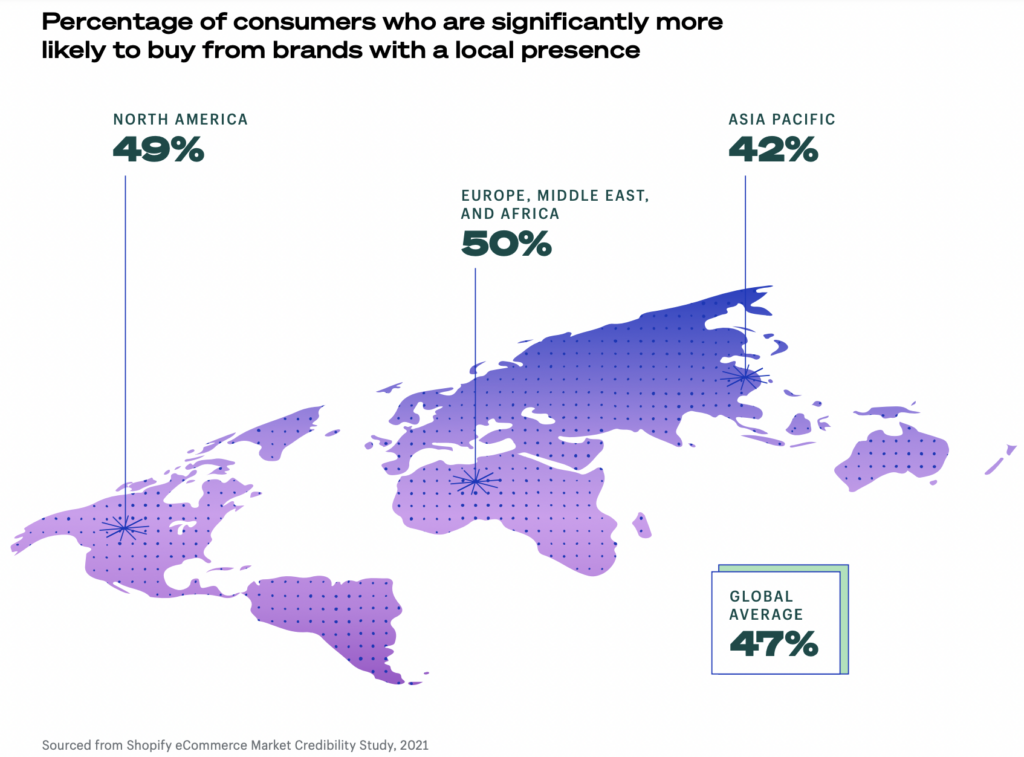
Let’s take a look at five reasons which may account for the recent uptick in demand for brick-and-mortar retail.
Consumers value getting what they want and need now
Many consumers still prefer to shop for products that they want or need right away such as hand tools, home goods and tech accessories. This includes other items, such as clothes, toys or products to make a relaxing bubble bath.
Customers want to try on for size and feel
Technology is great and it can do a lot to make up for not having an in-person presence. For example, L’Oréal created a Style My Hair app that allows you to try out haircuts, styles and colors from the comfort of your own home.
If you’ve ever ordered a new outfit for an upcoming event from an online retailer and then discovered that it didn’t fit the day before you anticipated wearing it, you understand the benefit of in-person shopping.
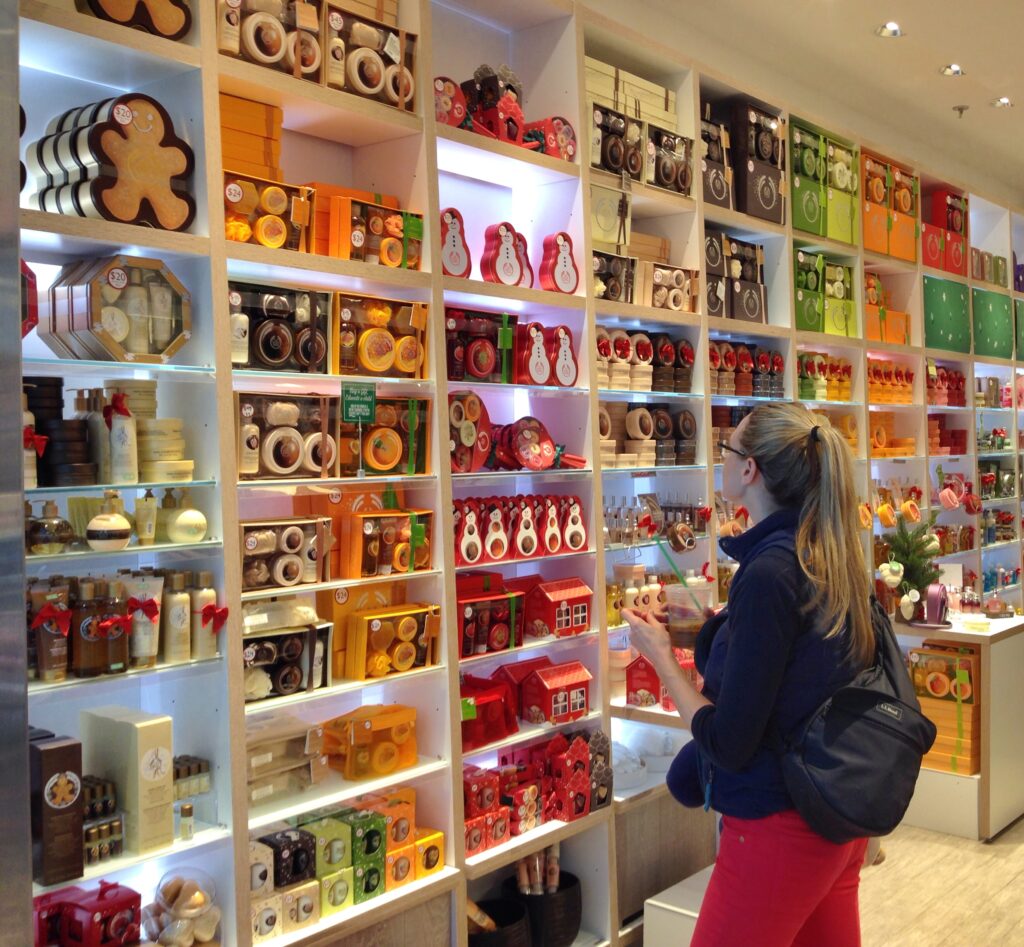
No matter how smart technology becomes, it can never replace the ability to try on products before buying them. People appreciate being able to feel fabric on their skin, look at colors and other details up close, and make sure items fit comfortably when walking around or sitting down. This level of assurance isn’t possible with online shopping, which makes brick-and-mortar stores even more appealing.
Additionally, local stores can offer customers personalized advice from experienced sales associates about what product would best suit their needs. Sure, you can ask a digital store’s live chatbot questions, but chances are it’ll be an automated response. And even if it’s not, the odds of a customer service rep on the other side of the world providing you with personal feedback about whether those parachute pants look good (hint: the answer is always no, unless you’re MC Hammer) is slim to none.
Brick-and-mortar stores can provide unique in-person experiences
Retailers are responding to the aggressively digital world we live in by offering more unique experiences, like in-store events, personalization and customization.
These experiences are what draw shoppers back to traditional stores, and they are what will keep these stores alive in the years to come. For example, a local bookshop can partner with a coffee retailer to provide a cozy cafe for its customers to relax in after purchasing the special edition, hardcover, box set of The Lord of the Rings.
Other in-store events can be:
- Launch parties for new stores or products
- Bookstores or cafes hosting book readings or Meetup groups
- Retail stores offering classes and workshops about their products
- Local coffee shops providing live (presumably acoustic) music
In other words, online shopping is about convenience, while offline shopping is about providing immersive, humanized, engaging experiences.
Businesses want to meet their neighborhood suppliers and other business owners
The resurgence of traditional retail does not completely stem from the customer. Sometimes business owners crave in-person experiences, too.
Another benefit that brick-and-mortar stores have over online retailers is access to a local network of suppliers, neighbors and other business owners. By having a physical location, local shops allow businesses to connect with their community – something that isn’t always possible with online retail.
Offline stores also provide an opportunity for small business owners to collaborate on projects, promotions and neighborhood events.
Reduces extra packaging and shipping waste
In addition to offering customers convenience and unique experiences, brick-and-mortar retail can also help reduce waste from extra packaging and shipping.
Many online retailers have to package items in large boxes with plenty of padding to ensure that they arrive in perfect condition. But local stores allow shoppers to buy products without any extra packaging – something that has become increasingly important with the rise of the Millenial and Gen Z consumer, for whom environmental issues are extremely important.
By allowing consumers to purchase items without unnecessary packaging or shipping, brick-and-mortar stores are helping to reduce waste significantly. This is another excellent example of how offline retailers can respond to changing needs in order to stay competitive in our digital landscape.
Examples of businesses that are embracing multichannel strategies
The point of the retail comeback is not to abandon your online strategies and go completely offline. To stay competitive in the retail market, it’s wise to use a multichannel retail strategy.
Multichannel retail involves using several channels to reach consumers, such as physical stores, online stores and mobile apps. Here are a few examples.
Amazon
We all know one business that is successfully using a multichannel strategy: Amazon.
Everyone knows about its e-commerce site, but the retail giant also has Amazon Books (a chain of retail bookstores), Amazon Go (a checkout-free shopping experience that automatically detects when products are taken from or returned to the shelves), and Amazon Fresh (an online and physical grocery store).
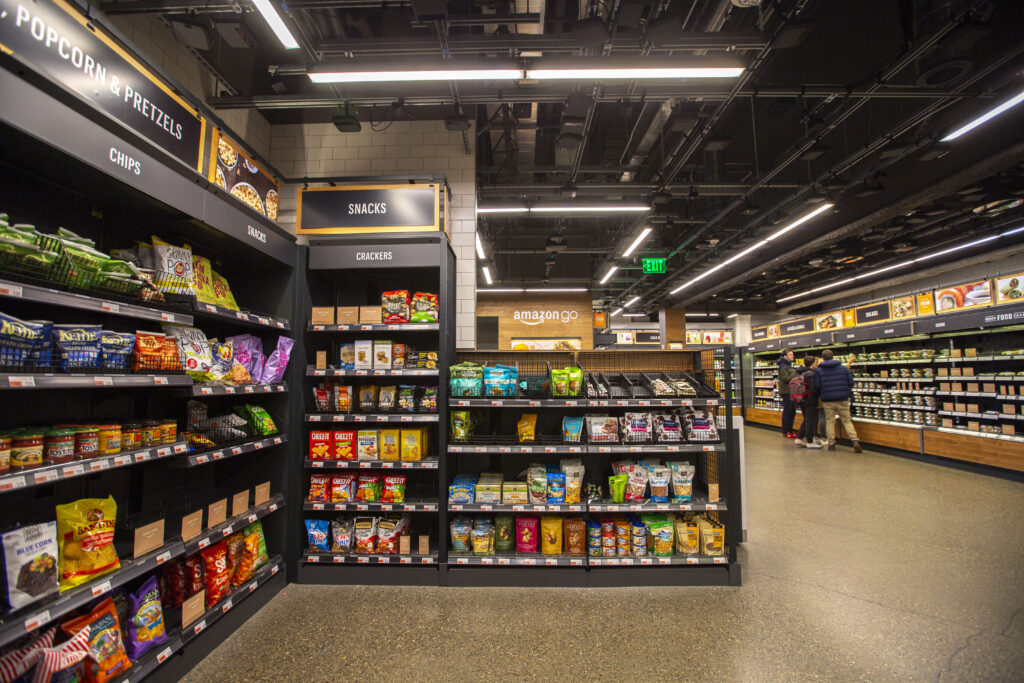
Nordstrom
Another business that is using a multichannel strategy is Nordstrom. The department store chain has both brick-and-mortar shops and an online store. In addition, it has a mobile app that allows customers to shop online and then pick up their orders in a local store.
As more people go back to shopping at its physical locations, Nordstrom’s net sales increased by 23.5 percent for its brick-and-mortar stores and by 10.3 percent for its discount version, Nordstrom Rack’s, while digital sales remained flat compared to last year.
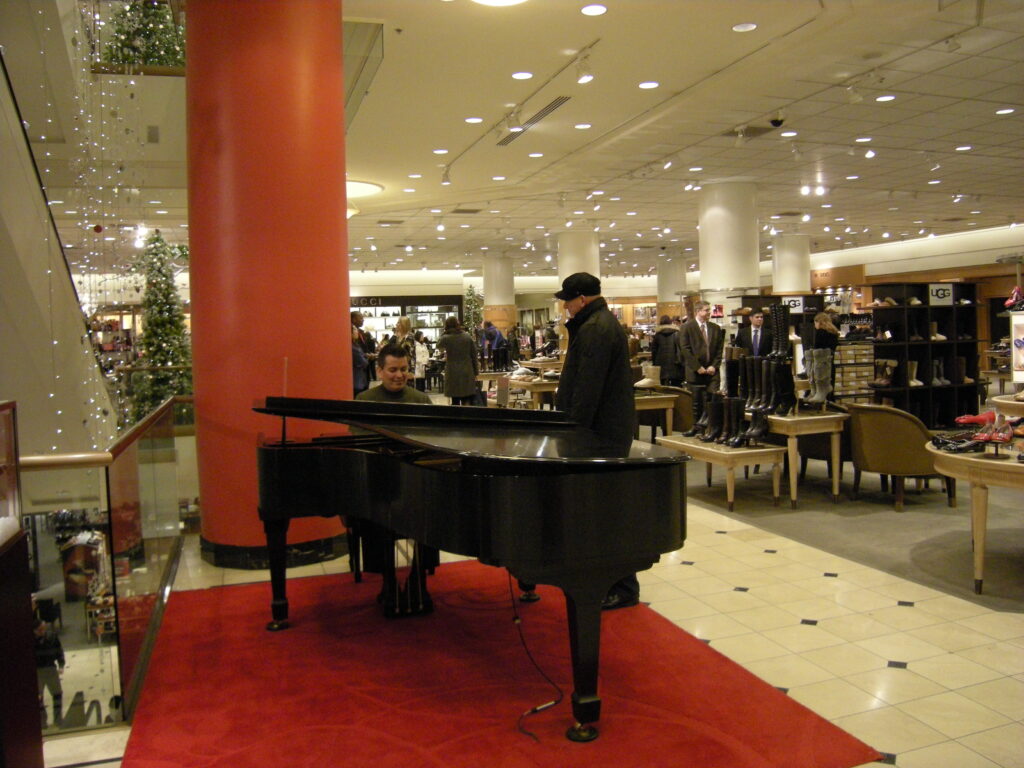
Forever 21
Remember Forever 21, the “fast fashion” (akin to “fast food”) retailer? After they filed for bankruptcy in 2019 due to dwindling sales, they relied on their e-commerce site. But now, due to the resurgence of retail, Forever 21 is planning a major comeback by opening fourteen new stores across the country.
In the last few years, they concentrated on their digital presence with collaborations, influencers and better inventory. With renewed excitement for the fashion brand from customers old and new, their comeback strategy focuses on opening smaller stores with a “minimalist exterior design and a single sales floor for womenswear and accessories.”
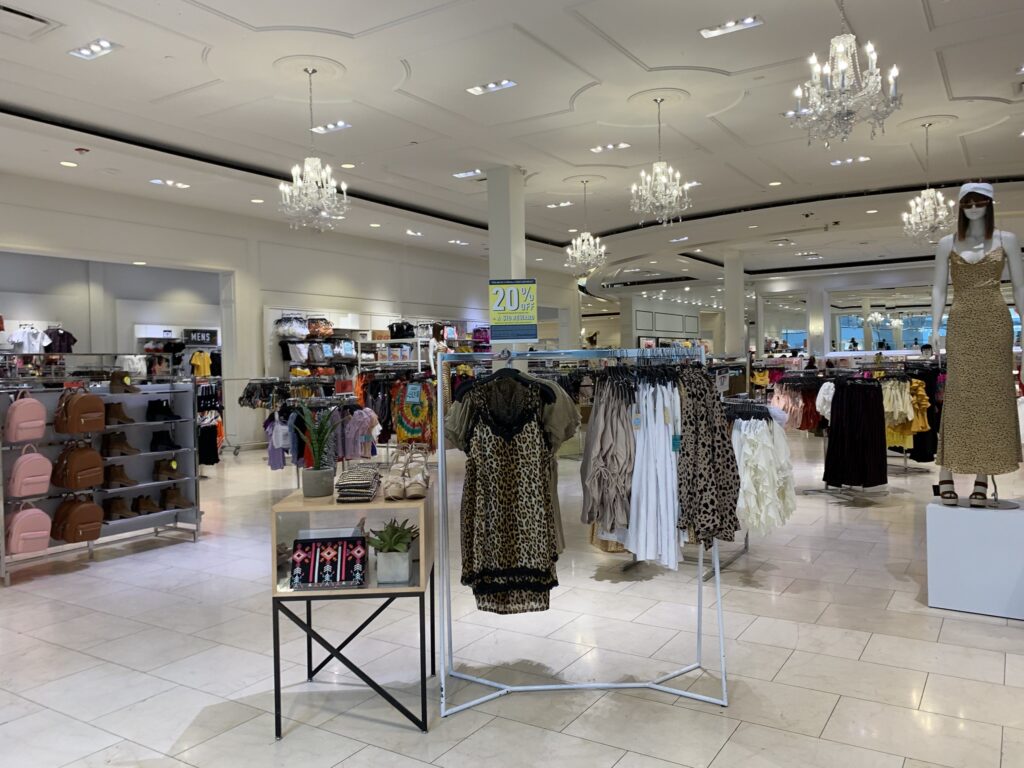
And, in keeping with a more personalized experience for its customers, individual stores will reflect styles based on local shoppers’ demand.
The future of retail is a combo of online and offline shopping experiences
With the resurgence of offline retail, one thing is clear: The future of retail lies in a combination of online and in-person shopping experiences.
One feature of the retail comeback “involves an omnichannel acquisition strategy called ‘clicks-to-bricks.’ It combines the strengths of online customer acquisition with the upsell opportunities of the ‘real world’ by starting the buyer’s journey online and then bringing them in-store for their purchase or for item pick-up.”
E-commerce is far too handy to ever disappear – online retailers will always have an advantage when it comes to price and convenience – but brick-and-mortar stores can offer unique experiences that you simply can’t get on the Internet.
So if retailers want to survive in the digital age and attract today’s customers who want the best of both worlds, they will need to focus on offering a combination of both online and offline shopping experiences.
Alcon Lighting creative director and co-founder David Hakimi works to improve lighting through research, development and education. David strives for efficiency in lighting, affording architects, lighting designers and engineers the ability to maximize LED lighting design and application. David is a graduate of the University of California, Los Angeles, where he received a Bachelors in history. David also studied lighting design at IES in Los Angeles. He traces his and Alcon Lighting’s commitment to innovation, accountability, quality and value to lessons learned from his father, Mike Hakimi, a lighting craftsman, salesman and consultant in Southern California for more than four decades. Today’s lighting for commercial use requires a deep, complete understanding of smart lighting systems and controls. David takes pride in his lighting, energy controls and design knowledge. He is driven by the desire to share his insights into lighting specification and application. This quest to share his knowledge was the impetus for David to create Insights, Alcon Lighting’s blog and resource center for helping the reader understand lighting and its application to space.

